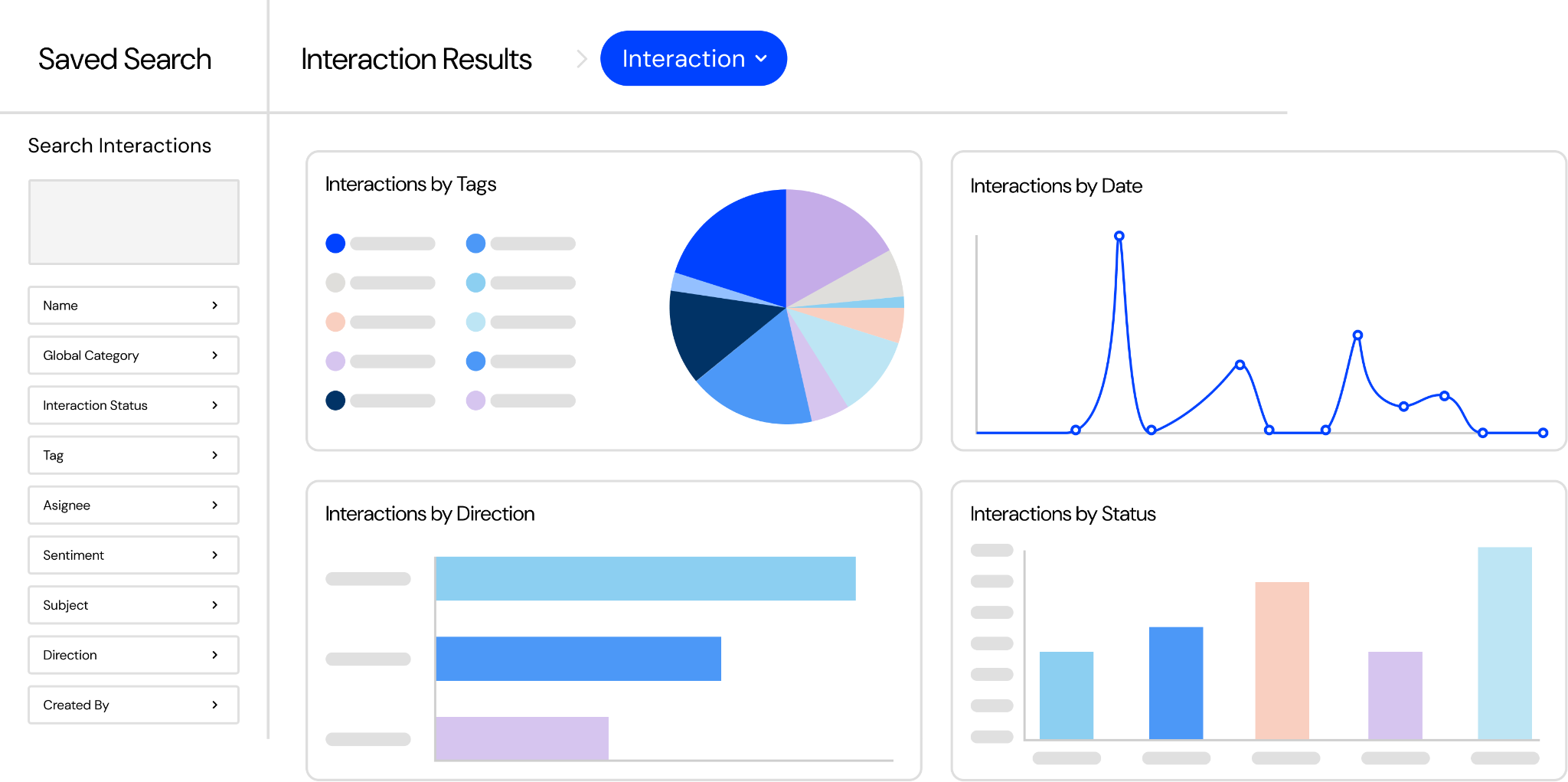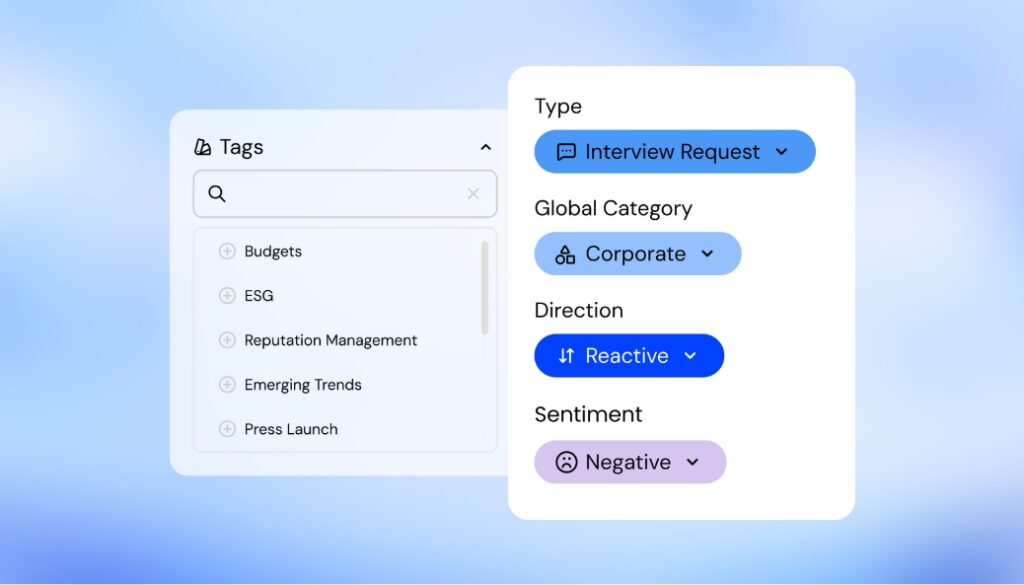With the NZ local elections fast
approaching, candidates have begun their 2019 campaign through building a social
media presence and engaging with their followers. This year’s election is looking
to be more interesting than usual as we delve into the effects of social media
throughout an election campaign.
October 12, 2019 marks when the
local authority elections will take place for city and district councils,
regional council and district health boards. As the
local authority election turnout has been declining in many areas of New
Zealand since the 1980s, the Electoral Commission will be running an enrolment
campaign #Vote2019NZ to lift nationwide voter turnout (to greater than 50 per
cent) as well as increase people’s engagement with their local council.
With social media now at the forefront of election campaigns and political information being readily available through social networking sites, it has been questioned if:
1. It’s important for candidates to have a social media presence
2. If having a social media strategy matters
3. Whether the usage of social media can be an indicator for predicting election outcomes
Political Environment And Social Media
Social media operates 24/7 and
response time expectations are demanding, especially throughout the duration of
an election where it’s crucial to monitor what is being said, by whom as well
as understanding the sentiment that goes with it.
It is suggested there is a statistically significant relationship between the size of online social networks, voting behaviours and election results. With the recent disparity between political polls internationally and in New Zealand, it has raised questions about the accuracy of polling surveys and whether they should be paid attention at all.
Nowadays, government bodies and agencies view social media engagement as a ‘no choice’ situation and the power of social media allows these government bodies to give responses in real-time. Although Facebook and Twitter are increasingly being used by political parties and candidates in their electoral campaigns, candidates are recommended to start their campaign strategy early to ensure they establish a strong social presence that can be maintained for the duration of the campaign. Having this set up will assist with building rapport and trust with their followers.
Is a high level of online interest and engagement indicative of wider electoral support?
Online social media environments present new challenges and profoundly different experiences. As there is an increasing emphasis on social media being a powerful online marketing channel, it can be much more complex than what is seen on the surface. Each social media channel has their own algorithm, determining how frequent and vast any content gets shared. Most channels design their algorithm in a way to reward extremism to entice the user to stay on the platform and potentially influence the user opinion of a particular topic. Due to the vast amounts of content and media items available throughout an election campaign, it is important to stay across these conversations as well as monitor media bias with social media monitoring.
Polling And Social Media
It has been said public opinion could be better analysed from social media rather than just opinion polls. Considered to be outdated, opinion polls are conducted by large, successful organisations who are predominantly interested in protecting their reputations, and anxiously anticipate their electoral predictions to resemble their estimates. The head of Strategy at a top Kiwi research firm has acknowledged social media is a more valid way to assess voter habits than the polling surveys conducted by research companies.[1] This is due to the sentiment being measured off observations of conversations across social media which can be significantly different than provided in polling surveys. So, if politicians are consistently looking to appeal to the masses and win points in polls, they run the risk of losing the interest of the key constituents they need to appeal to in order to win their campaign.
Is There A Better Way?
With polling and betting markets missing the mark with several elections, experts are progressively turning to social media to judge voter sentiment on a larger scale. Our Mediaportal can provide coverage of key New Zealand media coverage related to the election campaign and can help determine breaking news and voter sentiment. Being across this data can be beneficial as it has been seen in the recent Australian Federal election, where an unexpected victory from the Coalition contradicted weeks of almost identical opinion polls predicting a Labor win. Other notable examples of pollsters getting their predictions wrong include Brexit – where opinion polls showed majority of voters in favour of remaining a member of the European Union, and the victory of Donald Trump where the national polling average was in favour of Hillary Clinton by 3.1 per cent[2], Trumps active social media engagement resulted in his election victory.
In the 2017 NZ election, Jacinda Ardern’s age, gender and keen use of social media livened up the election campaign where there has been a long run of politicians considered dull or out of touch with young and female voters. [3] Starting with a strong social media following, Jacindamania was ignited. Adding to this, Jacinda’s confident and mediagenic personality has set her up to be a leader younger voters can relate to and has resulted in her being the most watched New Zealand politician on Twitter during her electoral campaign.[4] She continues to have a strong social presence following as she directly connects with her audience, proving the power of social media.
The Power Of Social Media
The benefits of any social network – real or digital – come from the quality of relationships with members of the network rather than the volume of members within it. As younger generations reach voting ages and social media becomes even more universal, it will be necessary for democratic institutions and practices to revisit and restyle their political communications to tie in with the interests and discourse of contemporary young culture. By analysing the election campaign coverage from multiple angles such as share of voice, media bias, candidate promises and the effectiveness of a campaign strategy it will provide the necessary information required for organisations to make informed decisions about the proposed policies and understand what’s driving the agenda across Councils.
If you would like to keep up to date for the duration of the local election campaign, our daily curated briefing can ensure you’re across all campaign announcements, policy updates and share of voice. If you would like to learn more about the services we can offer, get in touch with our team to discuss your needs.
[1] https://www.nzherald.co.nz/business/news/article.cfm?c_id=3&objectid=12238919
[2] https://indianexpress.com/article/world/world-news/hillary-clinton-leading-donald-trump-by-3-1-percentage-points-polls-average-3731849/
[3] https://www.forbes.com/sites/ralphjennings/2017/09/20/how-one-womans-likes-tweets-and-vibes-threaten-the-ruling-rightists-of-new-zealand/#46694557ca94
[4] https://www.forbes.com/sites/ralphjennings/2017/09/20/how-one-womans-likes-tweets-and-vibes-threaten-the-ruling-rightists-of-new-zealand/#46694557ca94

